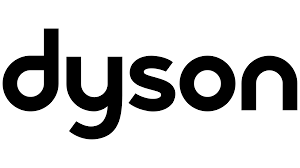
A car with a 12 month waiting period in the 80s ruled the Indian roads for over 3 decades
A thread on Ambassador cars 🧵
1/
A thread on Ambassador cars 🧵
1/
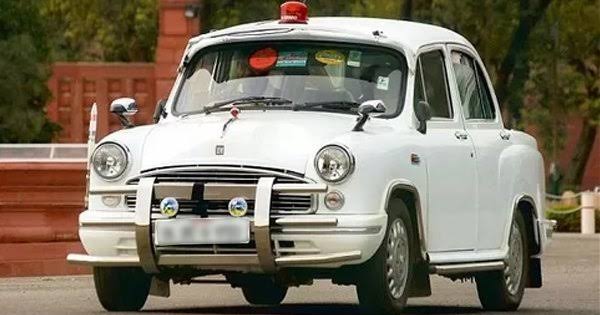
1956, UK - Morris Motors manufactured and sold 3 variants of Morris Oxford car
It sold the rights and tooling for these cars to Hindustan Motors, a subsidiary of CK Birla group to manufacture and sell these cars in India
2/
It sold the rights and tooling for these cars to Hindustan Motors, a subsidiary of CK Birla group to manufacture and sell these cars in India
2/
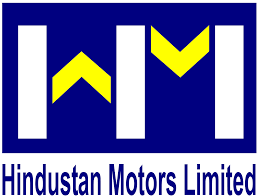
1956 - Morris Oxford Series 1 model was branded as Hindustan 10, Series 2 as Landmaster and Series 3 model as the Ambassador
3/

3/
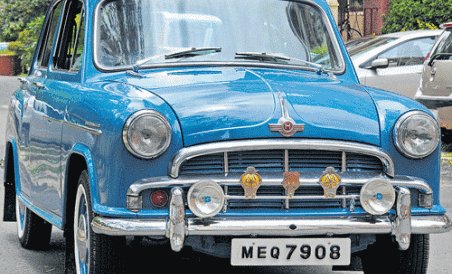
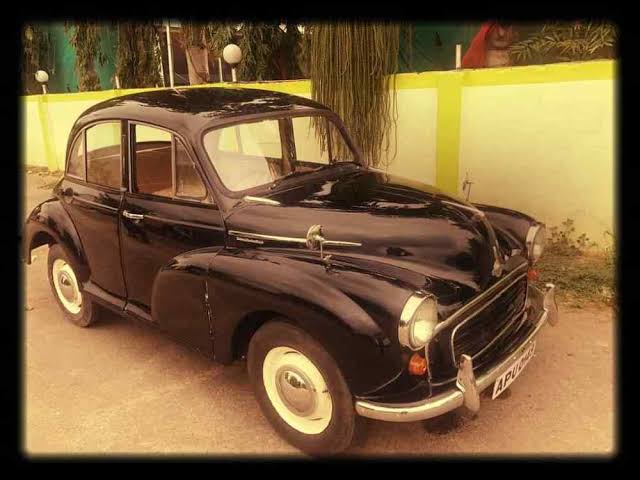
Out of the 3 cars, Ambassador was the best both in terms of looks, space and ruggedness required for Indian roads. It cost around 14000 Rs in 1958 when the production started
It was positioned as the family car given the kind of space available for bigger Indian families
4/
It was positioned as the family car given the kind of space available for bigger Indian families
4/
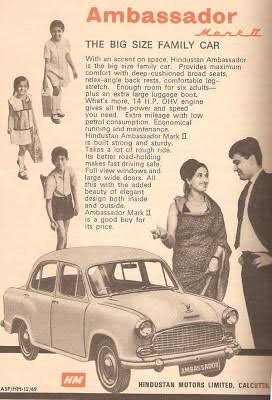
At that time, there were not many indian automobile brands. Standard 10 and Mahindra's Jeep were the only major car brands available.
The government controlled production and was encouraging domestic production. This helped all these 3 players
5/
The government controlled production and was encouraging domestic production. This helped all these 3 players
5/
But Ambassador took the lead right away capturing a large share of the market. It became very popular with the politicians & govt officers becoming their vehicle of choice
It became a symbol of esteem and power because of this. And began to be known as king of Indian roads
6/
It became a symbol of esteem and power because of this. And began to be known as king of Indian roads
6/
The car also became popular with families because of good space. And even started getting used as taxis. And interestingly, its brand didn't get dilute because of this
Though when Premier Padmini was launched in 1964, it became popular with families & took some market share
7/
Though when Premier Padmini was launched in 1964, it became popular with families & took some market share
7/
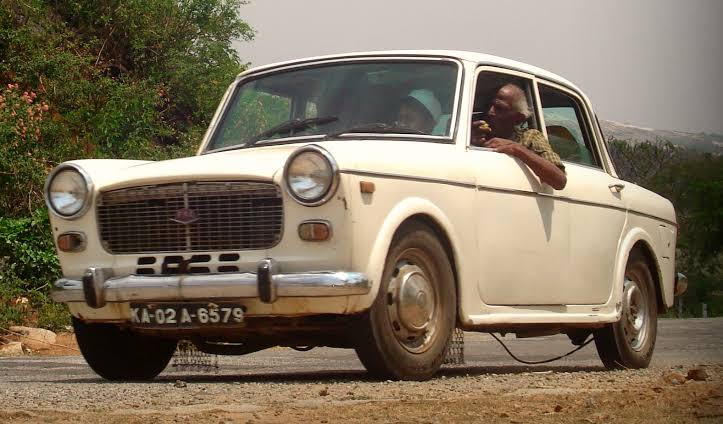
But Ambassador remained most respected car brands in India. During the peak of its popularity in early 80s, it sold close to 24000 units per annum
And ranked 3rd after Mahindra and Premier Padmini in market share. In 80s it's waiting period after ordering was close to 1 year
8/
And ranked 3rd after Mahindra and Premier Padmini in market share. In 80s it's waiting period after ordering was close to 1 year
8/
But in 80s, its problems started increasing. Government reduced protectionism and started allowing foreign JVs and entry of new players
1981 - Indian Government created a PSU called Maruti Udyog. It signed a JV with Suzuki and started producing Maruti 800 in 1983
9/
1981 - Indian Government created a PSU called Maruti Udyog. It signed a JV with Suzuki and started producing Maruti 800 in 1983
9/
Despite all the positives of Ambassador, it's mileage was very low and there was not much rework done on the design in past 2 decades
Maruti on the other hand looked more stylish, had a better mileage and cost only 50000 Rs, much lower than Ambassador
10/
Maruti on the other hand looked more stylish, had a better mileage and cost only 50000 Rs, much lower than Ambassador
10/

After just 2 years of launch, Maruti stormed the Indian market taking away 34% of the market share with major contribution from 800
11/
11/
Ambassador moved to 4th spot now as it didn't remain much popular with families any more who wanted more cost efficient vehicle. However it continued to be the vehicle of choice for government officials and politicians still
12/
12/
Hindustan Motors tried fighting back introducing better versions of Ambassador
Launched Nova in 1990, classic in 1998 and Grand in 2003. However the design was almost the same. There was no way it could compete with the new stylish Indian and foreign cars
13/


Launched Nova in 1990, classic in 1998 and Grand in 2003. However the design was almost the same. There was no way it could compete with the new stylish Indian and foreign cars
13/
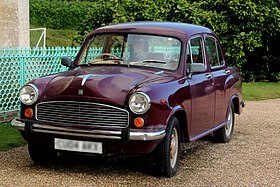
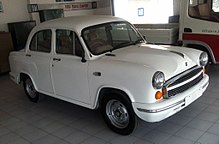
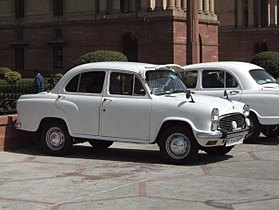
In 89, Ambassador sold 35000 cars with a market share of 13% down from 17% in 85. And just 9% market share in 1995
With Tatas, Hyundai and Toyota entering the market, Ambassador was on its way out
14/
With Tatas, Hyundai and Toyota entering the market, Ambassador was on its way out
14/
The final blow came from the government buyers in 2003. When the new PM Atal Ji opted for BMW over the Ambassador 1st time ever
And in 2014, Government decided to start buying other brand cars for its officers. Fighting with losses, Ambassador decided to shut down production
15/
And in 2014, Government decided to start buying other brand cars for its officers. Fighting with losses, Ambassador decided to shut down production
15/

In 2014, Hindustan Motors manufactured the last Ambassador car.
The brand was sold to the French PSA group for just 80 crores INR in 2017
More than a car, Ambassador will remain as an emotion for many
16/16
The brand was sold to the French PSA group for just 80 crores INR in 2017
More than a car, Ambassador will remain as an emotion for many
16/16
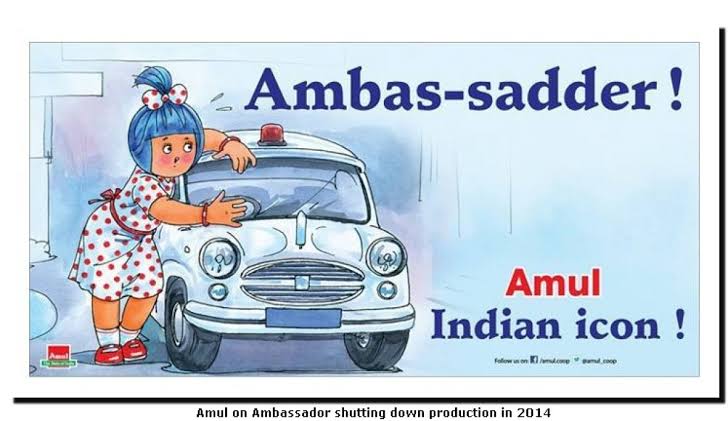
References: google.com/amp/s/theprint…
bestsellingcarsblog.com/2018/10/india-…
bestsellingcarsblog.com/1986/01/india-…
bestsellingcarsblog.com/2018/10/india-…
bestsellingcarsblog.com/1986/01/india-…
For more interesting brand stories and business concepts, do check Simplanations.in
• • •
Missing some Tweet in this thread? You can try to
force a refresh






